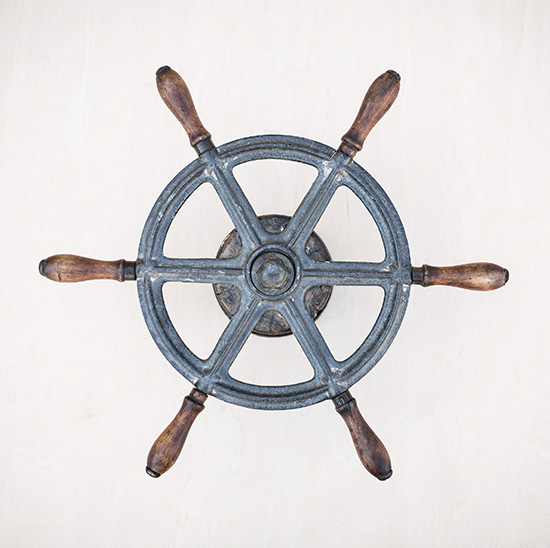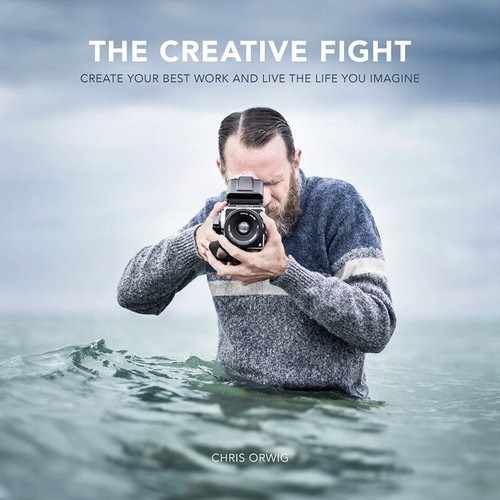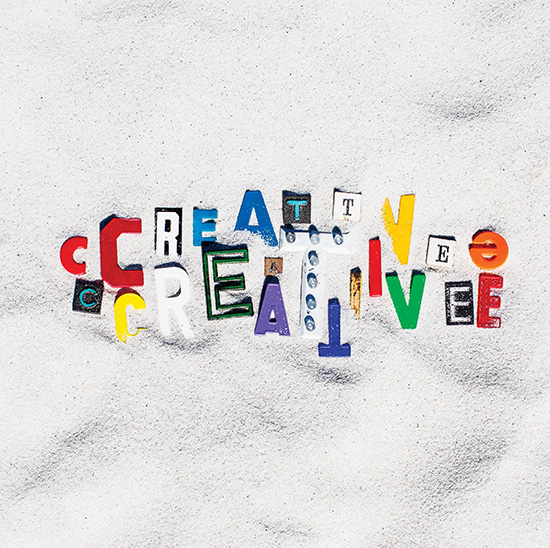Chapter Thirty-Nine. The Freedom of Constraint

Dr. Seuss’s big break came when he was challenged with the idea of writing a book for young readers in an era when children’s books were predictable and dull. This was his chance to steer the ship. But rather than give Dr. Seuss free rein, the publisher gave him a constraint—he could only use vocabulary from a list of 350 words. The first two words on the list were “cat” and “hat.” This sparked an idea. Using only 225 words, Dr. Seuss wrote The Cat in the Hat and his reputation as the definitive children’s book author and illustrator was set. Dr. Seuss took a year to compose what seems like a simple book. Creating within constraints is hard, but it can shape the final results into a more defined and desirable form. Dr. Seuss’s efforts paid off, as the book was a huge hit. What seemed like a limitation was really an opportunity in disguise.
Rules. Rules. Rules.
After the success of The Cat in the Hat, Dr. Seuss’s editor, Bennett Cerf, made him a bet that he couldn’t write a book using only 50 words. Dr. Seuss took on the challenge and wrote Green Eggs and Ham, one of his all-time bestsellers. It was the constraint that funneled his creative energy into creating such a good book. Yet when we think of Dr. Seuss, we don’t tend to think of limited means. And we definitely don’t associate Dr. Seuss with following the rules.
Although they look like free-flowing chaos, Dr. Seuss’s books are more logical and consistent than they seem. As he explained, “If I start with a two-headed animal, I must never waver from that concept. There must be two hats in the closet, two toothbrushes in the bathroom, and two sets of spectacles on the night table.” Such limits gave his work a “logical insanity,” as he liked to say. And the logic and limitation is what gave the books their voice. The rules he imposed gave shape so that the stories didn’t sprawl. The rules held the books together like tightly woven thread. And while the books are always a curious, quirky, and riotous read, they are cohesive and consistent as well. When a child picks up a Dr. Seuss book she smiles. She knows exactly what to expect, and still she’s delighted and surprised.
Regardless of the type of book, Dr. Seuss held fast to certain self-imposed rules, like having only one illustration on a page and never using text to literally describe the illustrations. The copy and the illustrations had to hold their own. These rules made for a more interesting and sophisticated read. Rather than being pedantic and obvious, his work was subtle and suggestive. By letting the copy and illustrations stand by themselves, he elevated the reader, making her feel smart. And this approach ignited the imagination and made the reader more involved. Paradoxically, Dr. Seuss’s rules made the books feel more open and free. Plus, it made them enjoyable for readers of any age.
Composition with Limited Means
The composer Igor Stravinsky wrote, “All art presupposes a work of selection.” Like choosing the letters to arrange on the sand, it’s impossible to be creative until we make a choice. And all art is limited and confined—Dr. Seuss with his words, the photographer with her frame, the musician with his notes, and the filmmaker with time. Imagine if a movie lasted all day or a song took six hours to hear. We would drift to sleep in the theater or tire of the endless harmonies, melodies, and tunes. What makes architecture, music, film, design, fashion, and every form of art beautiful is the break and the pause. It’s the variation; it’s the way the architect bends the rules or how the designer surprises us with simple and clean lines. And what makes any kind of art interesting is that it eventually stops. Art and time are closely connected, yet there’s a persistent myth that creativity grows best without rules. But strange to tell, creativity likes limits, boxes, and walls. And it likes tension, problems, and stress. Without such limitations, it’s unlikely to thrive.
Because of this, the quickest way to stifle an artist is to give her everything she needs. Without limits, problems, want, and hunger, she won’t know what to do. Without challenge, creativity stops flowing. It’s the difficulty that calls creativity to life. It’s the fight that makes creativity so valuable and strong, like the tension of a string stretched between wood. Carefully wound, it gives the violin its voice. Without tension, the instrument is mute.
For the creative mind, the limit is a blessing and unlimited options a curse. Consider a composer who sits down to write an orchestral song. With unlimited options, it’s nearly impossible to begin. That’s why Stravinsky always started by defining the key. This self-imposed limitation set him free. It was the limitation of major or minor, sharp or flat, that provided somewhere to begin. The constraint makes art a possibility. In contrast, creativity dissipates and dissolves when we throw out structure, limits, and rules.

Too Much Gear
When I first started taking photographs, I wished I had more time and more gear. My day job took up all my time, and my simple camera and single lens weren’t as impressive as those of my peers. I felt like a fake, but I did my best. What I didn’t realize then was that having less gear and not enough time helped me hone my craft. Without all the bells and whistles, I was nimble and free. Unencumbered by options, I was forced to create. It was a crucible for learning how to see, and having limited gear brought quick growth.
Although making photographs may not be your thing, we all have options to face. And it’s easy to second-guess ourselves when we have too many choices to make. Worse, we become immobilized with so many different ideas. Yet the ones who thrive are those who embrace the freedom of constraints. So rather than setting out to be creative in a general way, get specific and impose some rules. Instead of trying to create “the best photograph ever,” aim to create a photograph of a specific idea. Whatever the task or goal, add limits to funnel and focus your growth. Sometimes less truly is more.
WHEN FORCED TO WORK WITHIN A STRICT FRAMEWORK, THE IMAGINATION IS TAXED TO ITS UTMOST—AND WILL PRODUCE ITS RICHEST IDEAS. GIVEN TOTAL FREEDOM, THE WORK IS LIKELY TO SPRAWL.
—T. S. ELLIOT
Exercise
STEP 1
Choose a creative task that you want to achieve. Select a few guidelines and limitations to give shape and definition to the project. Here’s an example:
Creative task = Write a poem.
Guidelines = 1. Write about the ocean. 2. Include metaphors.
Limitations = 1. Use 25 words or less. 2. No rhymes. 3. No boats. 4. No fog.
Then set out to achieve the task.
STEP 2
The trouble with digital photography is that we capture too many frames. Excited about the moment, we push the shutter without taking the time to look. To counteract this trend, get out a sketchbook and camera. Travel to a location that interests you, whether your backyard or the city located hours away. Find a scene that interests your eye, but don’t take the photograph. Sit down and sketch or draw the photograph that you would like to make. Even if you aren’t good at drawing, that’s OK. The point is to slow down, to sit, and to observe. Then after finishing the drawing, compose the shot and take a single frame. Repeat this exercise three times on the same day.

